Do you ever wonder what heaven looks like? Or is there a staircase to heaven, as shown in movies? Dwarahat village literally suggests “way to heaven” in the local language.
Dwarahat Uttarakhand is one of the most pristine hill stations of India you can visit for soul-searching. The beauty is such that it makes your jaw drop and leaves you spellbound.
Not more than an hour away from Ranikhet, Dwarahat district is home to some 55 ancient Hindu temples, making it the “Town of Temples.” They have significance among Hindus as they have legends associated with them.
If you wish to witness the soul-stirring views of the majestic Himalayas, bathe in the hues of the sun, and find your heaven, Dwarahat in Uttarakhand is your place to be.
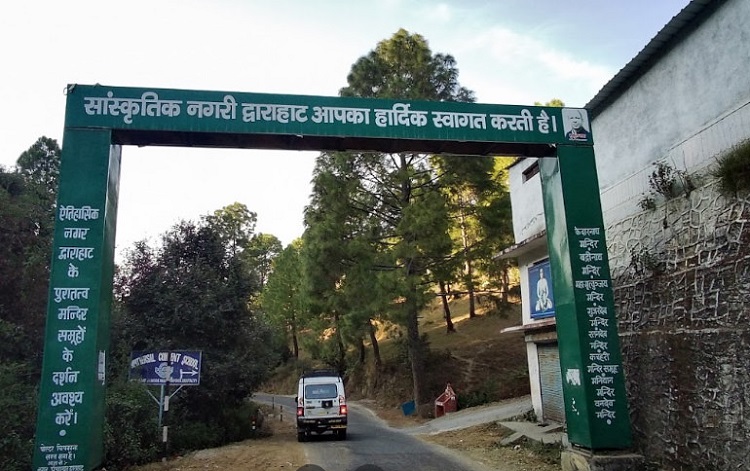
Why is Dwarahat special, and why should you visit?
Dwarahat, as mentioned earlier, is a beautiful hill station that many people don’t know about. Tucked away in the Kumaon hills of Uttarakhand, it is an ancient and enchanting town at an elevation of 1510 meters, offering breathtaking landscapes.
To answer the question, the natural beauty, 55 ancient Hindu temples, and peacefulness are the only words describing why Dwarahat is special. In addition, as it is a lesser-known hill station, there aren’t any crowds, which makes it ideal for nature and peace seekers.
Indian festivals like Navratri, dedicated to nine different forms of Goddess Durga, are celebrated enthusiastically here, along with others like Makar Sankranti and Basant Panchami, which we will discuss further in this blog.
Though Dwarahat Uttarakhand is a small place in the center of Ranikhet and Garsin, it is exactly what you need to spend days relaxing away from crowds and chaos.
Why does Dwarahat claim to be the “Way To Heaven”?
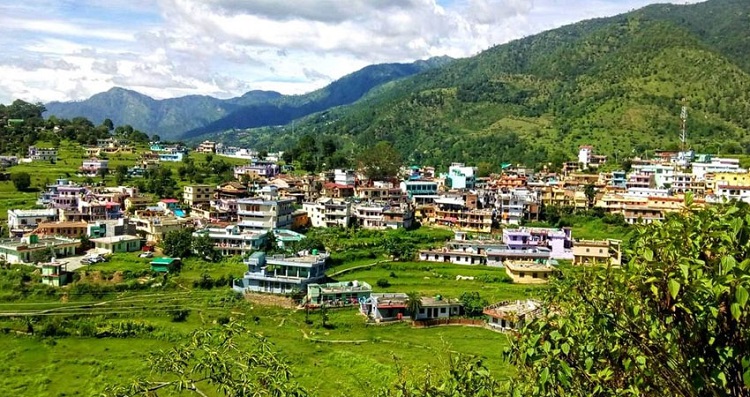
Dwarahat translates to “way to heaven” in the region’s local language. There is a mythology behind Dwarahat. It is said that Dwarahat was the meeting point of the Ramganga and Saryu rivers.
This made Kosi River jealous and made a feud between the two rivers telling them their counterpart won’t be there for a rendezvous.
As the truth unfolded, Ramganga and Saryu’s rivers cursed the Kosi River to wander alone till the end of time while others will meet each other. That is why the Kosi River flowers in the middle of nowhere, and no other stream joins it.
History Behind Dwarahat
The history of this village is quite interesting. Chand and Katyuri Kings ruled this region, and their empire went from the hilly areas to the plains meaning from the Satluj River in the west to the Gandak River in the east. This also included the entire area of Rohilkhand. After them, the Chand Kings of Kumaon ruled the region till the 16th century.
There is historical evidence found in Dwarahat in the form of coins. They suggest that a tribal community called “Kunindas” was the first to settle in Dwarahat.
They marked their dominance over this land from 500 BC to 600 AD and eventually declined as Guptas rose. During the rule of the Guptas in Dwarahat and neighboring regions, the area prospered with art, architecture, paintings, sculptures, and literature.
The Ancient Dwarahat Temples

Seek blessings at the 55 ancient Hindu temples in Dwarahat on your visit. Their architectural excellence will blow your mind. These temples are divided into 8 groups and have great archaeological value.
The architecture of these Dwarahat temples is built in the Indo-Aryan, Maru-Pratihara, and Nagara types and is basically made of masonry blocks of Precambrian granite for those who are interested to know. Also, iron clamps and dowels have been used instead of mortar to tie the adjoining blocks.
The details about the Dwarahat temple history are listed below.
Badrinath Temple Dwarahat
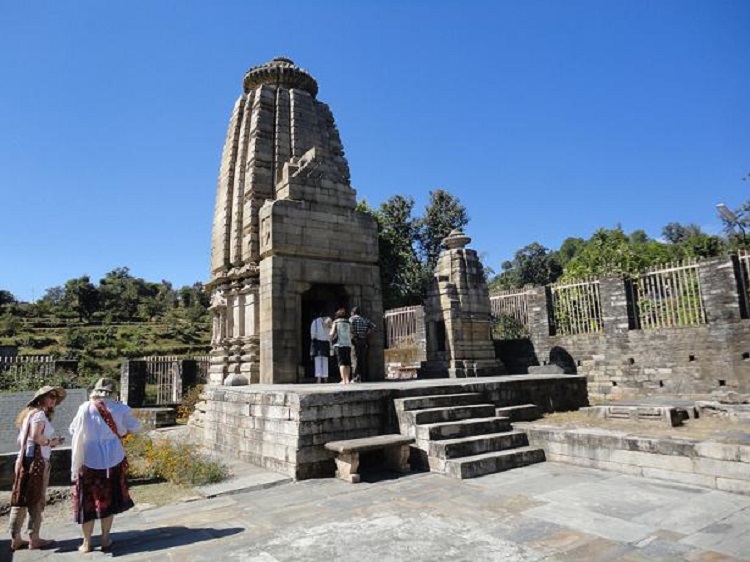
One of the three Badrinath Group of Temples is found in Dwarahat. The main temple is in Badrinath (one of the Chardham locations) and is dedicated to Lord Vishnu, who is worshiped there as Badrinath. Badrinath Temple Dwarahat has beautiful architecture built in the Shikhara style facing east.
It has a garbhagriha or sanctum sanctorum, antarala, and a mandapa. You can find a black stone image of Lord Vishnu in the sanctum here.
The Pandavas of the Mahabharata is believed to spend time here during their journey. It is not a massive temple and is said to be built by the Katyuri dynasty around the 10th and 12th centuries.
Bandeo Temple
Among the temple treasures of Dwarahat lies Bandeo Temple, standing in the center of a cultivated field on the banks of Khiru Ganga. The temple is pyramid shape and represents the earliest extent of a developed temple in the central Himalayas.
Gujar Deo Temple
You can describe this temple as one of the excellent architectural works in the region. It is built in Sekhari Shikhara style and has an orthogonal shape with panchratna plan.
Gujar Deo Temple displays the most developed type of temple built in the Nagara style of the Central Himalayan region. And based on its architecture and sculptural art, it suggests that the temple dates back to the 13th century AD. Unfortunately, the temple today is in dilapidated condition.
Kacheri Group of Temples
There are 12 shrines in the Kacheri Group of Temples in Dwarahat Uttarakhand. Out of 12, five each stand in two rows, and the remaining two are located separately on a higher platform. They are dedicated to Lord Shiva and Lord Vishnu.
As for the architecture, the temples have a similar portico with a series of free-standing pillars, which have plain shafts and brackets in the front. Along with this, the temple complex has a circular well of stone blocks.
Maniyan Group of Temples
This group of temples has nine shrines. Out of all, four are constructed to comprise a single component with an exact courtyard in the front. In three shrines, there are images of Jain Tirthankaras on the lintel that tell they belong to the Jain sect, which is unusual as they are not found in this region. And besides, the remaining temples are dedicated to Brahminical deities. The Maniyan Group of Temples was built from the 11th to 13th centuries.
Mrityunjay Temple Dwarahat
The pristine village of Dwarahat has a beautiful temple, Mrityunjay Temple. It is also a group of temples in Dwarahat whose main shrine is dedicated to Lord Shiva, also called Mrityunjaya. The temples belong to the 11th-12th centuries AD and are built in Nagara style. They have a garbhagriha, antarala, and a mandapa. There’s another temple of Bhairav Baba in the same complex. The remaining shrines do not have images of any deities and are in ruins.
Ratan Deo Temple Complex
Consisting of nine shrines, Ratan Deo Temple Complex has only six temples intact at present. The other three are standing on a common platform preceded by a north-facing common mandapa. These temples are dedicated to Lord Shiva, Lord Brahma, and Lord Vishnu. Out of the subsidiary shrines, one is located on the west, and others face east, dedicated to other Hindu deities. Ratan Deo Temple Complex is estimated to be built from the 11th to 13th centuries.
Things to do in Dwarahat other than temple tour
Know more about the local life in Dwarahat
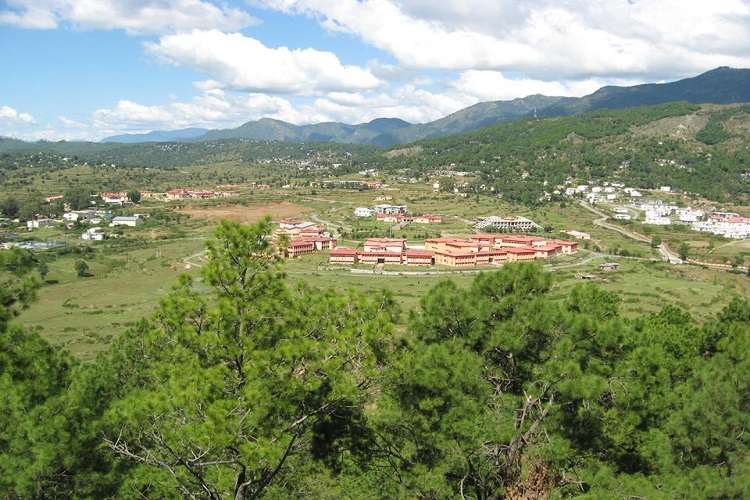
Get to know the village life in Dwarahat, “Way to Heaven”, a beautiful Kumaoni town. It has 55 exquisite temples that date back to the 11th century. You can explore the village to get insight into this area’s prevailing culture and traditions. The people are welcoming and kind and would gladly share their stories and tales about the region.
Go on nature walks amid greenery
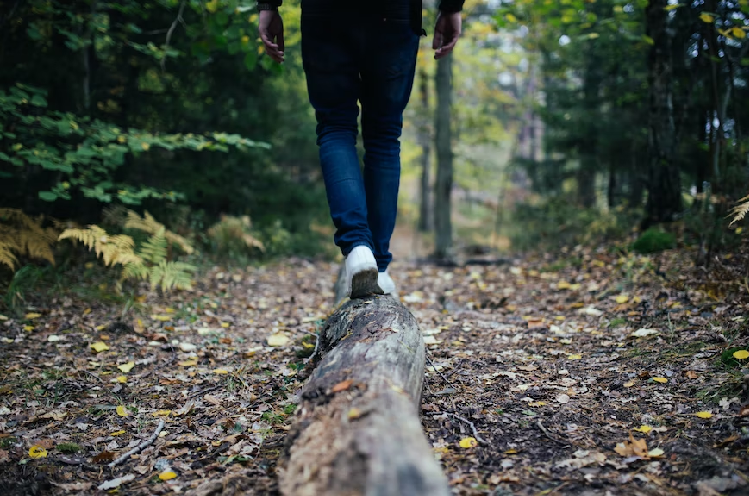
One of the best ways to spend time in nature is to go on nature walks. Covered in lush greenery, Dwarahat and nearby areas have many walking trails on grassy hills you can follow and let the quietness of this place soak in.
Attend the local festivals for cultural insight
Plan a Dwarahat tour around auspicious Hindu festivals. Makar Sankranti, Harela, Basant Panchami, Bhaitauli, Olgia (Ghee Sankranti), Ganga Dussehra, Bat Savitri, and Khatarua are some of the major festivals of Dwarahat. People celebrate it with great pomp and show. Fairs are also held at Dwarahat, like Doonagiri Mela and Syalde Bhikhauti Mela, held on the day of Vishuwat Sankranti.
How to reach Dwarahat for soul-searching?
By Air:
The Pantnagar Airport is the nearest to Dwarahat, about 142 km away. It is a domestic airport, so only a limited number of flights operate here. Also, it is the only airport closer to the Kumaon division and is situated in the middle of Haldwani and Rudrapur, Kumaon’s two largest cities. Take a cab from the airport to Dwarahat, which will take about 5-6 hours. Public buses are available too for Almora, where you can take another vehicle for Dwarahat.
By Train:
Kathgodam has the nearest railway station to Dwarahat, about 108 km away. The train station is connected with Delhi and other cities in India. Take a cab from outside the station or private/public buses for Dwarahat, which will take about 4 hours to cover. Enjoy the breathtaking views on your way to Dwarahat.
By Road:
Dwarahat is connected with other hill stations and cities in Uttarakhand as they are well-connected with motorable roads. Dwarahat is situated at the intersection of the Kausani-Ranikhet and Almora-Badrinath routes, which makes it easier to reach from various parts of the state. You can also choose private or public buses to reach Dwarahat.
Explore the definition of heaven, Dwarahat, this summer. Plan your Dwarahat tour or club it with Ranikhet, Almora, and Badrinath for the most enjoyable trip in Uttarakhand.
Indian Holiday offers customizable Uttarakhand tour package for 10 days that cover all the meals, transfers, sightseeing tours, and accommodations so you can have a memorable time without worrying about planning.
The best time to visit Dwarahat is between February-April and September-October. So call us today and book your tour!

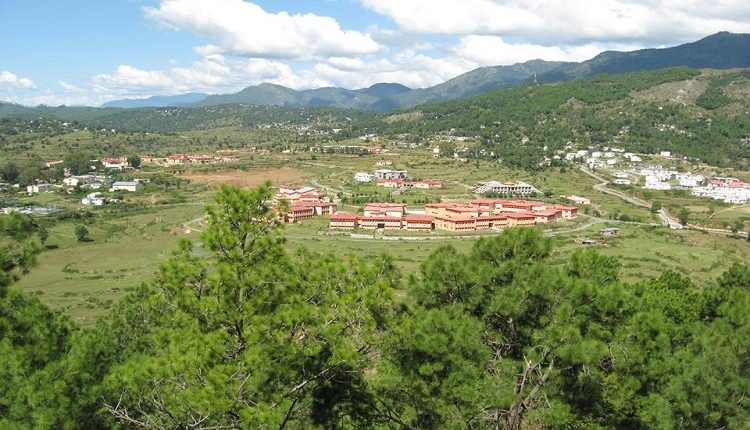

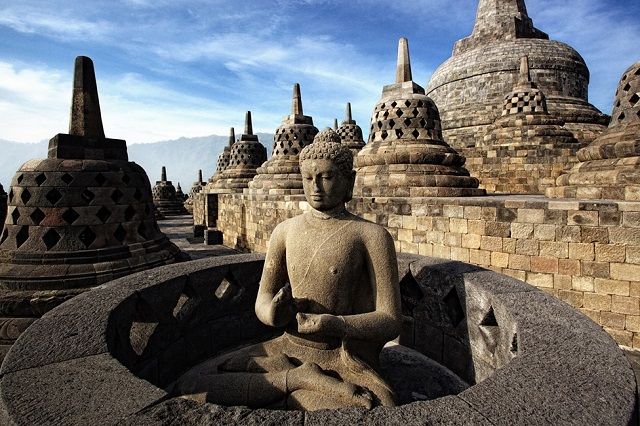

Leave a Comment